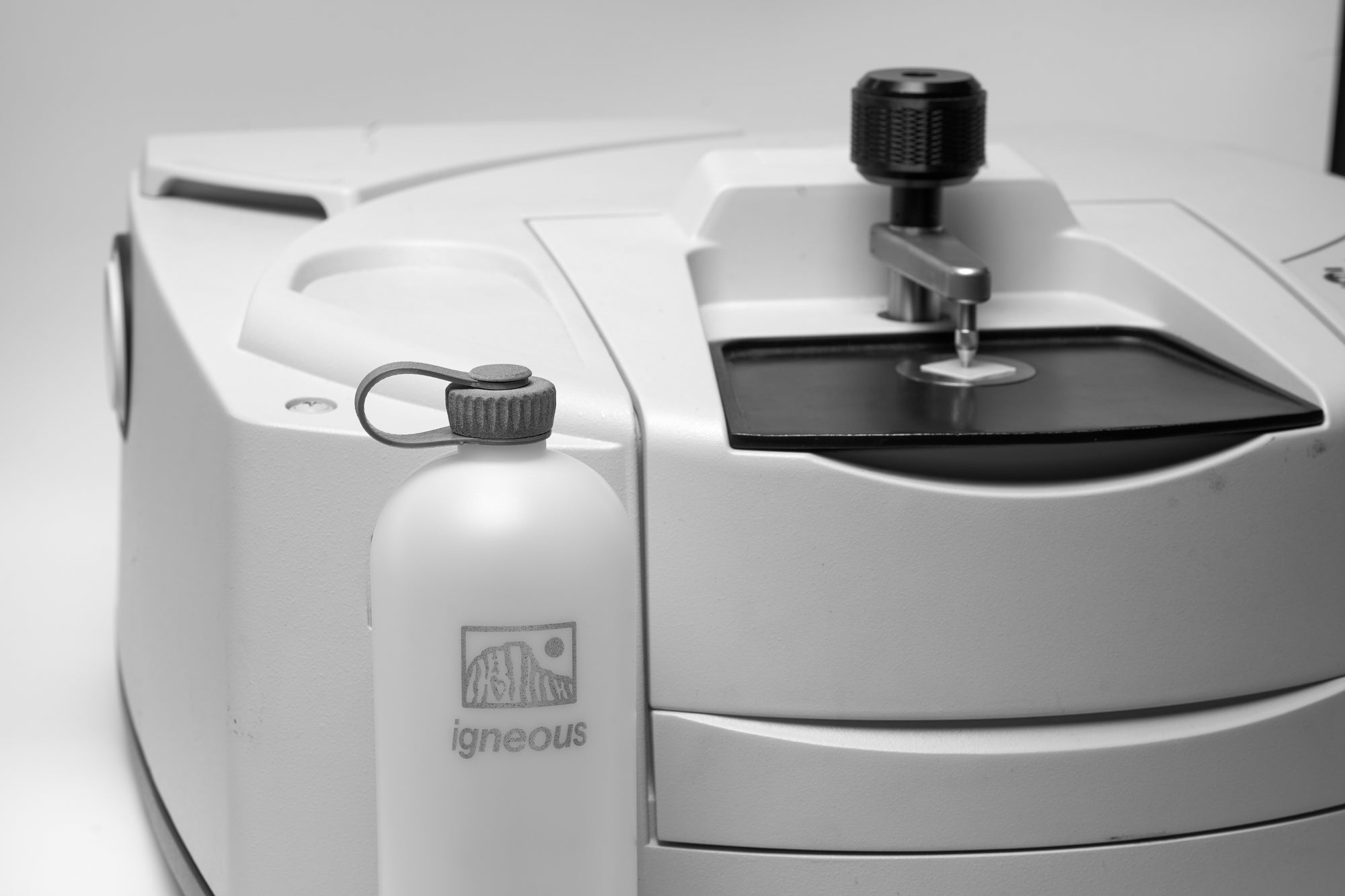In the world of backpacking and outdoor gear, two attributes often stand in opposition: weight and durability. The lighter the gear, the easier it is to carry, but often at the expense of its strength. However, at Common Gear, we've cracked the code. By harnessing the power of cutting-edge technology and high-quality materials, we've managed to produce gear that's both ultralight and ultra-durable. Let's dive into the science and innovation behind our products.
The Power of Additive Manufacturing
Traditional manufacturing methods often involve subtracting material from a larger block to create a product, which can lead to wastage and limitations in design flexibility. Enter additive manufacturing, commonly known as 3D printing. This process builds products layer by layer, allowing for intricate designs, reduced waste, and the ability to use multiple materials in a single product. At Common Gear, this method allows us to tailor each product's design to its specific function, ensuring optimal performance without unnecessary bulk.
Material Matters: The Building Blocks of Durability
The strength and durability of our products come down to the materials we use. Here's a closer look at our primary materials:
1. PAHT-CF: A high-temperature polyamide reinforced with carbon fibers, PAHT-CF offers exceptional strength and stiffness. Its resistance to high temperatures means our gear can withstand extreme conditions without deforming or melting.
2. TPU-95: This thermoplastic polyurethane is known for its elasticity and resistance to abrasion, making it perfect for parts of our gear that need to be flexible yet durable.
3. PP: Polypropylene (PP) is a versatile polymer that's both lightweight and tough. Its resistance to fatigue makes it ideal for components that undergo repeated stress.
4. PETG-CF: Combining the clarity and ease of use of PETG with the strength of carbon fibers, PETG-CF is used in our gear for its balance of strength and aesthetic appeal.
Spectroscopy Testing: Ensuring Purity at the Molecular Level
Before any material is used in our products, it undergoes rigorous spectroscopy testing. This process uses light to analyze the material at a molecular level, ensuring its purity and quality. By validating the integrity of our raw materials, we ensure that our products are built from the ground up to last.
San Francisco: The Heart of Innovation
All our products are proudly manufactured in San Francisco, a city synonymous with innovation and technology. By situating our production here, we have access to the latest technological advancements, ensuring that our gear is always at the forefront of durability and design.
In Conclusion
At Common Gear, durability isn't just a buzzword—it's a promise. Through meticulous material selection, state-of-the-art manufacturing processes, and rigorous testing, we ensure that our products stand the test of time, no matter where your adventures take you. With Common Gear, you're not just investing in a piece of equipment; you're investing in peace of mind, knowing that your gear is built to last.



